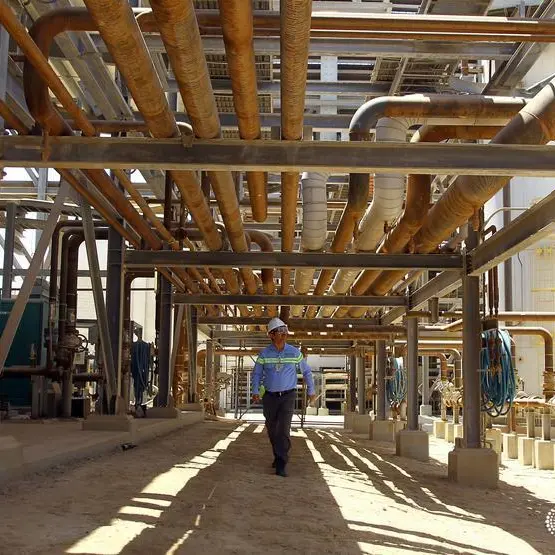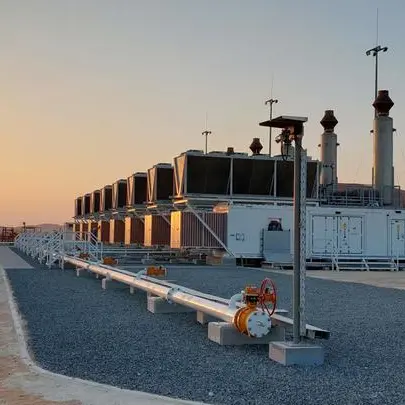PHOTO
(The opinions expressed here are those of the author, a columnist for Reuters.)
LITTLETON, Colo: China's protracted COVID-19 battles in 2022 led to sharply lower thermal coal use and imports by the world's top coal consumer and allowed smaller importers across Europe to easily secure higher volumes of the high-polluting power fuel this year.
But Beijing's efforts to reopen the country now look set to raise China's coal needs heading into 2023, which will tighten overall thermal coal supplies and place added price pressure on European power producers already struggling with reduced natural gas supplies.
Any sustained increase in competition for coal with a re-invigorated China may push up coal prices, further sapping the budgets of European utilities and governments and jeopardising efforts to finance an energy transition away from fossil fuels. Increased demand from China would also draw away shipping capacity, constraining Europe's ability to import.
BANNER YEAR
Europe's thermal coal imports through November jumped by 36.2% from the same period in 2021 to roughly 83 million tonnes, according to ship-tracking data from Kpler.
That 22 million-tonne surge in coal purchases - the largest gain by any region over the same period - allowed utilities across the continent to mitigate the impact of the sudden slump in gas supplies by burning more coal imported from South America, South Africa and Asia.
But as Beijing's efforts to loosen COVID curbs spur increased industrial activity, China's coal imports will climb, especially along coastal manufacturing hubs that are integrated into major coal export routes and can handle some of the world's largest coal vessels, including Capesize bulkers capable of hauling 200,000 deadweight tonnes of cargo.
This contrasts with several smaller European coal importers that have phased down coal import infrastructure over the past decade and can accommodate only smaller vessels that carry less than 50,000 tonnes and so are less efficient for trading firms to operate than the megaships serving China.
This mismatch in logistical capacity between China and the fragmented markets in Europe will entice trading firms to prioritise orders by major Chinese customers over smaller sporadic buyers in Europe and mean European buyers may need to pay to secure shipments during the peak demand period in early 2023.
PRODUCTION & PRICE PRESSURE
Trading firms themselves may also struggle to secure all the volumes they require over the coming months, the peak demand period for the northern hemisphere and the most erratic supply window in top coal exporter Indonesia and top producer China.
So far in 2022 Indonesia's coal exports have hit record highs, with mining firms and exporters motivated to send out as much coal as possible thanks to record high global prices.
China's coal production has also scaled a record, fuelled in part by Beijing's efforts to improve energy security.
But most of Indonesia's main coal hubs are now set to endure heavy rains through to the end of January due to the Monsoon season, which frequently slows the loading and shipment of coal from major ports in Kalimantan.
In addition, many of China's key northern coalfields are susceptible to intense cold during winter that can stall domestic supply flows by train and truck, boosting the need for imports.
The threat of this disruption to domestic supply lines has already been reflected in China's thermal coal futures prices for January delivery, which rallied to their highest levels in a year this week.
Europe's main coal price benchmarks have also pushed higher in recent days, with prices for the first quarter of 2023 flipping to a widening premium over front-month prices this week.
COLD SNAP
Temperatures on the ground in China will be a major driver of price direction going forward.
As COVID restrictions ease, factories, offices and warehouses that have been partially shuttered this year will need to be made ready for people to return, which will require heating.
Another key driver will be China's total power consumption levels.
Many furnaces and production lines across China have been operating at below capacity for much of 2022 to conform to reduced manpower availability and diminished use by businesses and end users.
But, again, those operations will be cranked up as movement restrictions ease, adding to power consumption totals.
Coal will be the primary source of that power, and although a majority of it will come from domestic suppliers, some additional imports are likely.
And given China's unique status in global coal markets - accounting for 68% of global use in 2021 - even a modest rise in China's purchases will have far-reaching effects, especially on smaller, distant buyers who lack Beijing's scale and clout.
(Reporting By Gavin Maguire)












